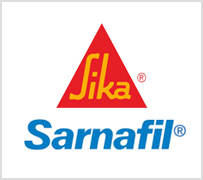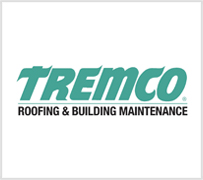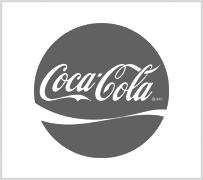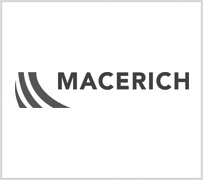
Home / News / Impact Resistant Roofing

The Southwest blows up some incredible storms. The combination of heat and dust rising from the valleys meets the cooler air from the mountains. When the air cools, moisture condenses and freezing around the dust motes in the upper atmosphere forming hail. In 1995, 4.5 inch hail fell on Mayer, Arizona. In May 2009, 4 inches of hail fell on Las Vegas in less than an hour. And in October 2010, huge storms struck the Phoenix Metro area, dropping golf balls size hail across a large area of the city. Experts estimated that 150,000 valley homes and businesses were damaged, not to mention the thousands of skylights, downspouts and gutters that took damage.
The easiest way to prevent damage from hail is to install impact resistant roofing, but what does impact resistant mean? According to Underwriters Laboratories Inc., impact resistant roofing falls into four categories, Class 1, 2, 3, and 4, indicating how well a roof is able to withstand the impact of steel balls of various sizes that fired at the roof to simulate hail. A Class 4 roof covering offers the best hail protection and will receive the highest discounts on insurance premiums. In general, certain types of roofing have higher natural impact ratings than others. Ceramic tiles, slate shingles and other stone or man-made concrete materials are naturally resistant to hail. Their ridged structure is able to absorb the impact of hailstones without damage to the surface. Metal roofing is also highly hail resistant.
The tricky part is that many products can be made more hail resistant by altering or increasing their impact resistant. For instance, thicker shake shingles protect better than thinner. Thicker metal panels coated with a rubberized impact-resistant coating are better than standard metal panels. Synthetic tiles are generally made of a very resistant, flexible material (like rubber), which allow hail to bounce off rather than split or shatter the shingle. Even asphalt shingles are becoming more resistant with special fibers being added to the mix to make them more impact resistant. Foam roofing absorbs and cushions the impact of hail and in combination with a rubberized coating, is even more effective.
While protecting homes with impact resistant roofing in important, protecting businesses may be even more critical. Hail can cause damage to roofs that puts customers, merchandise and inventory at risk, either from roof collapse under the weight of heavy hail, or from water damage caused when hail damage the roofing material. There are plenty of affordable and smart options that will allow business owners to protect their interests, their workers and their customers.
With 40 years of experience combating storm damage in the Southwest, Global Roofing Group has pretty much seen it all. We are happy to work closely with you to determine your needs, answer your questions about impact roofing options, discuss your concerns, and help you decide on which impact resistant roofing material is best for you.











